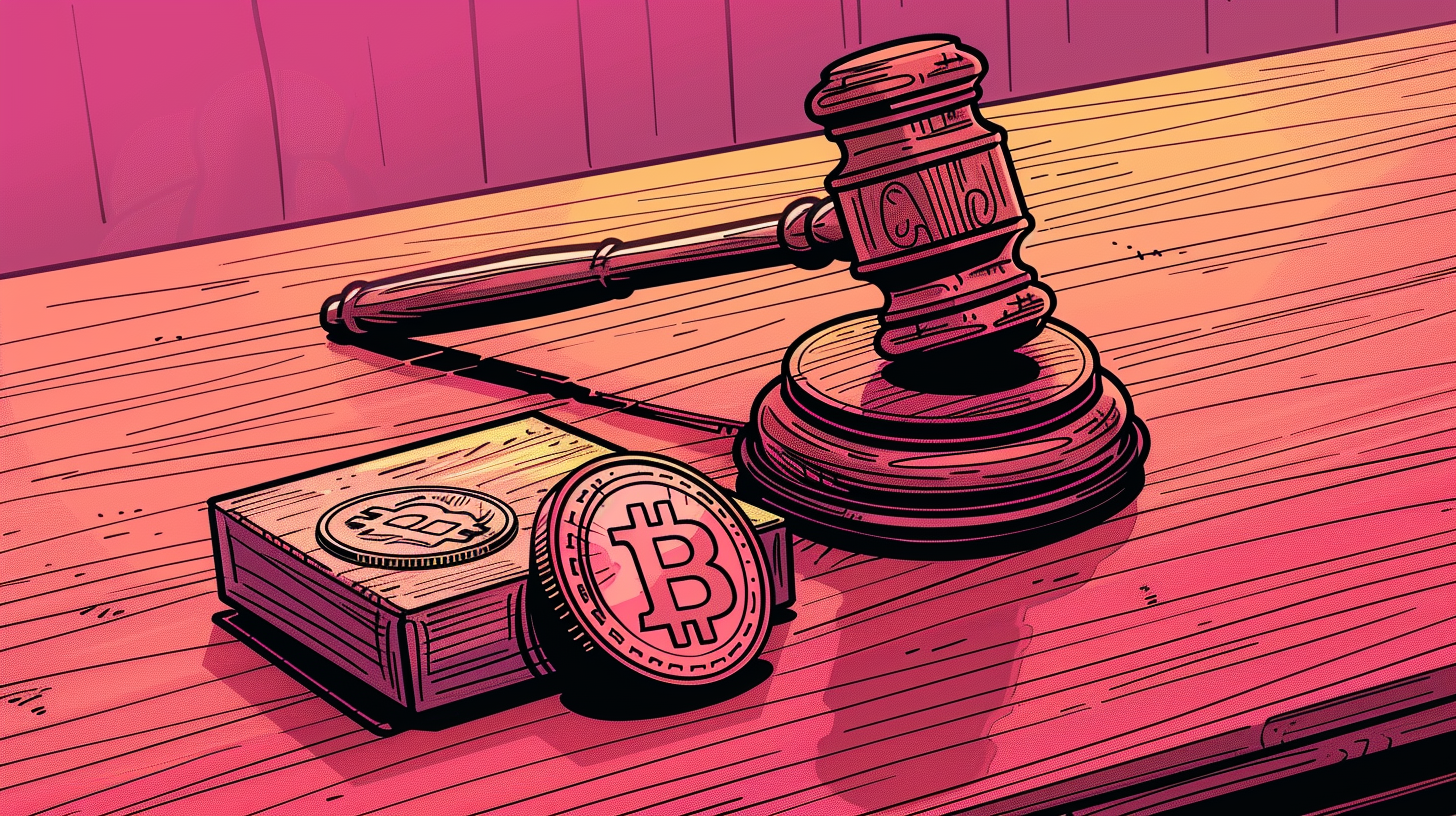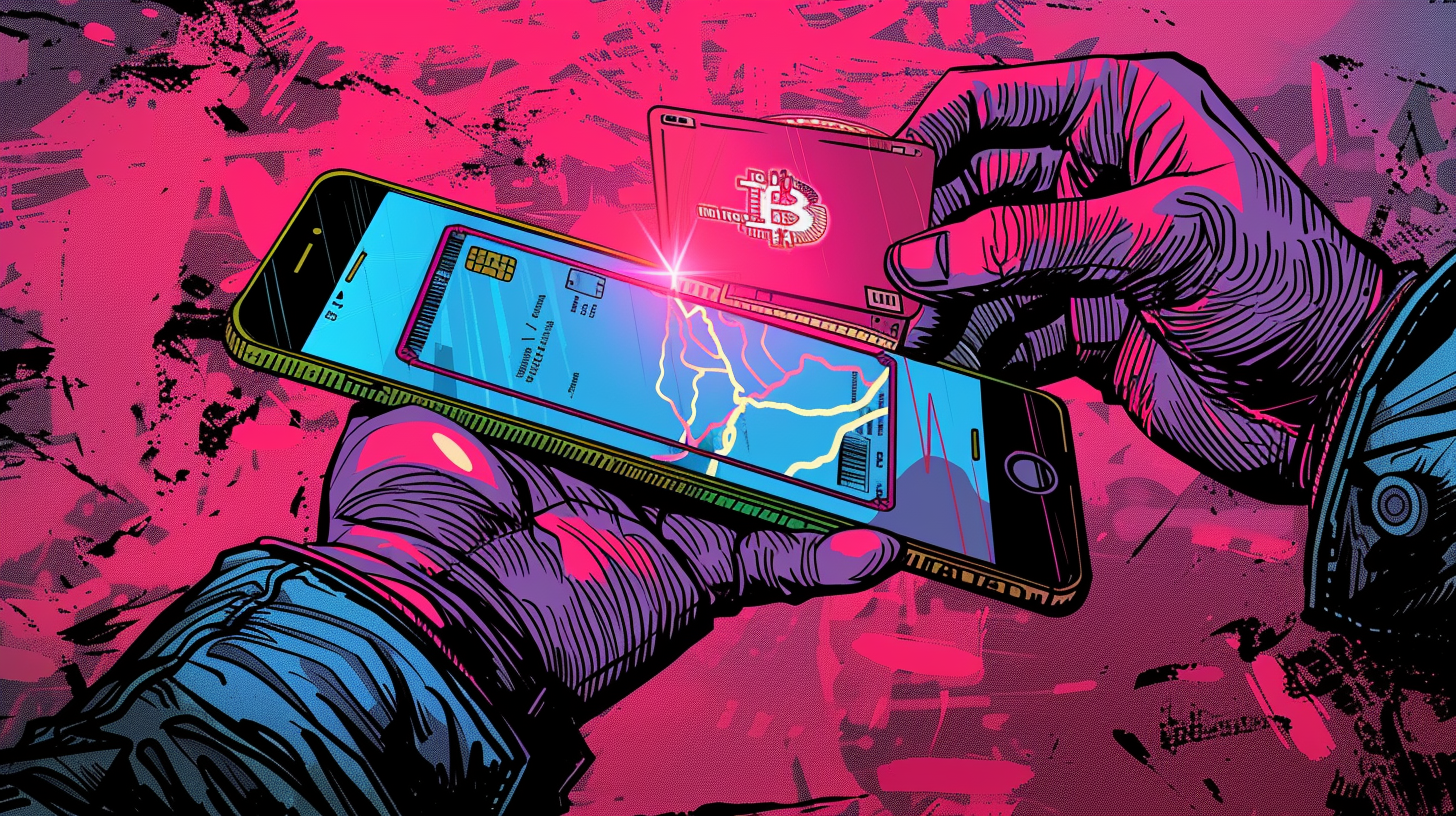The Mt. Gox Saga: A Decade of Lessons and Market Resilience

In the annals of cryptocurrency history, the name Mt. Gox stands as a cautionary tale and a testament to the resilience of the market. Once the world's largest cryptocurrency exchange, Mt. Gox dominated Bitcoin transactions in its early years, handling over 70% of global trades. However, its 2014 collapse, following a devastating hack that saw the disappearance of an estimated 740,000 Bitcoin, marked one of the darkest periods for the nascent crypto industry. Yet, ten years later, the market's ability to recover and the recent steps towards repaying creditors highlight significant progress in investor protection and asset recovery.
The Fall of Mt. Gox
Mt. Gox's downfall began in February 2014, when the once-dominant cryptocurrency exchange filed for bankruptcy protection. The filing came as a result of the shocking revelation that the platform had lost approximately 950,000 Bitcoin, valued at around $450 million at the time. The loss was attributed to a flaw in Bitcoin's underlying framework, which malicious hackers had exploited over several years to siphon off the digital currency undetected. This incident not only led to the abrupt collapse of what was then the world's largest Bitcoin exchange but also sent shockwaves through the broader cryptocurrency community. Investor confidence in the security and viability of digital assets was severely undermined, raising significant concerns about the future of the burgeoning crypto market. The Mt. Gox debacle became a stark reminder of the vulnerabilities inherent in digital infrastructures and the need for more robust security measures in the cryptocurrency ecosystem.
Recovery and Repayment Efforts
Despite the initial chaos following the collapse of Mt. Gox, concerted efforts to recover the lost assets have yielded significant results. Approximately 140,000 Bitcoin — a substantial portion of the originally lost amount — were successfully retrieved. As a result, the long-awaited process of repaying creditors has commenced. On July 5, 2024, Mt. Gox announced the initiation of repayments in Bitcoin and Bitcoin Cash to some of its creditors, marking the end of a decade-long wait for many. This development has been closely monitored by market participants and analysts, given its potential implications for Bitcoin prices. The release of such a large volume of Bitcoin into the market carries the risk of creating selling pressure, yet the market has shown remarkable resilience. This repayment marks a milestone in the broader effort to restore investor trust and confidence in the cryptocurrency space, highlighting the progress made in asset recovery and investor protection over the past decade.
Market Resilience Amid Potential Sell-Off
The market's reaction to the Mt. Gox repayments has been a testament to its maturity and resilience. Analysts had predicted that the release of such a large amount of Bitcoin could lead to significant selling pressure and a potential drop in prices. Indeed, Bitcoin's price dropped nearly 6% in the 24 hours following the announcement, falling to its lowest level in five months at $53,600.
However, the market has shown remarkable stability. Despite the potential for up to 140,000 Bitcoin to be liquidated, representing roughly 0.7% of the total Bitcoin in circulation, the overall impact has been mitigated by the liquidity available in the market. Some analysts have pointed out that the billions of dollars worth of Bitcoin traded daily on trusted exchanges suggest that the market can absorb these sales over the summer months.
The 21st Century Gold Rush: Bitcoin's Explosive Emergence
The closing price for Bitcoin (BTC) in February 2014 was $549.26, reflecting a 33.7% drop for that month, closing on February 28, 2014. Fast-forward a decade, and Bitcoin's closing price on February 29, 2024, was an impressive $61,198.38, marking a significant monthly gain of 43.8%.
As of the latest data — July 23, 2024 — Bitcoin is trading at $66,886.90. This dramatic price increase over ten years translates to an astounding 12077.6% rise, showcasing Bitcoin's tremendous growth and volatility. In contrast, gold — often seen as a stable store of value — had a closing price of $1,327.75 per ounce on February 28, 2014. By February 2024, gold's price had risen to $2,036.00 per ounce, reflecting a more modest increase of 53.34% over the same period.
This stark comparison highlights Bitcoin's extraordinary performance and potential as an investment, despite its inherent risks and volatility, compared to traditional assets like gold.
Gemini's Legal Challenges Underscore Need for Robust Crypto Regulations
Gemini, a prominent cryptocurrency exchange, has recently settled a lawsuit with IRA Financial Trust regarding a $36 million crypto theft. The case, which lasted nearly two years, was dismissed with prejudice by Judge Analisa Torres on July 18, 2024. This resolution highlights the critical importance of robust security measures in the cryptocurrency industry. The lawsuit had accused Gemini of misleading security claims and inadequate protection of user funds. As part of its broader efforts to address legal challenges, Gemini has also recently agreed to pay over $80 million to New York authorities related to its defunct Gemini Earn program. These developments underscore the complex regulatory environment facing crypto exchanges and the ongoing need for stringent security protocols and regulatory compliance to maintain user trust in the rapidly evolving digital asset landscape.
A Positive Spin: Investment Returns and Market Evolution
While the Mt. Gox incident initially caused significant financial losses for investors, the long-term view reveals a remarkable story of investment growth. The dramatic appreciation of Bitcoin means that creditors receiving repayments now are looking at substantial gains compared to their initial investments, despite the decade-long wait.
This period has also seen a maturation of investor protection mechanisms within the crypto industry. The Mt. Gox repayment process involves stringent account verification and the use of designated digital asset exchanges to facilitate disbursements, showcasing improved security and transparency practices. This evolution is crucial in an industry that has witnessed other high-profile collapses, such as Celsius, FTX, and Luna, which have further underscored the need for robust investor protection frameworks.
Conclusion
The Mt. Gox saga is a potent reminder of the volatility and risks inherent in the cryptocurrency market. However, it also illustrates the sector's resilience and the significant strides made in investor protection and asset recovery. The repayment of Mt. Gox creditors, a decade after one of the largest hacks in crypto history, highlights not just the potential for significant investment returns but also the industry's capacity to learn and evolve.
As the market continues to absorb the impact of these repayments, the broader trajectory remains positive. The lessons learned from Mt. Gox have shaped a more secure and resilient crypto ecosystem, paving the way for future growth and stability. Investors and stakeholders can take heart in the knowledge that, despite past setbacks, the foundations of the cryptocurrency market are stronger than ever.





